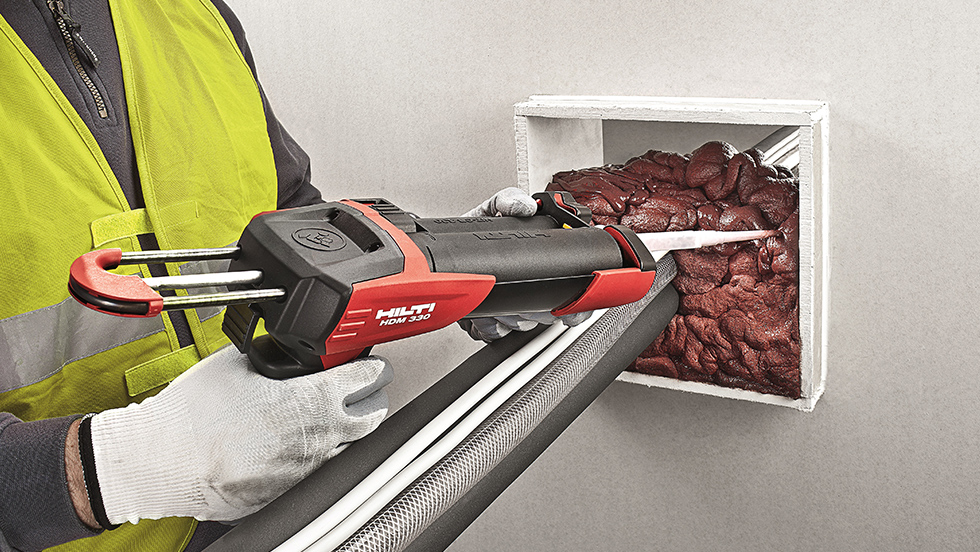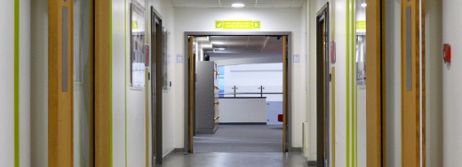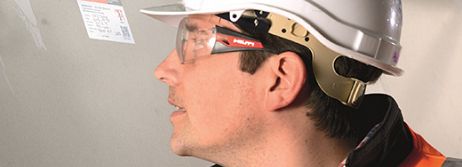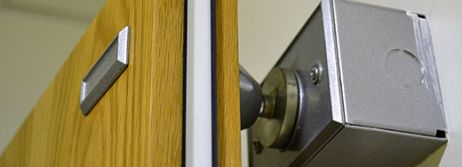Fire Stopping

Within occupied buildings it is common for fire compartments and fire walls to be breached due to refurbishments, repairs and installations by other services.
This generally happens above ceiling level and is not visible, or easily accessible, to most Building Managers and Landlords, creating an unquantifiable, unidentified risk.
Some services will attempt to fire seal their work but will use the wrong materials, potentially increasing the risk of fire.
Should a fire occur it could spread above ceiling level cutting off escape routes, potentially leading to loss of life.
Working in a range of different environments our teams carry out fire sealing works to all penetrations wherever they may be located within the building.
We are sensitive to the environment we work in and take time and effort to ensure we protect building contents as our work progresses.
Our excellent relationships with industry leading manufacturers such as Hilti, ensure the products we choose are fit for purpose and have the guarantee of substantial testing and certification.
In conjunction with our electronic inspection process we are confident of identifying and resolving all penetrations without the need for the client to re-inspect the works. To this end, we provide a fully documented report upon completion, which clearly identifies all work undertaken and resolved.
We provide a structured response and work with clients to project manage work throughout buildings whilst occupied or out of hours to ensure disruption is kept to a minimum.
We provide an organised, fully auditable programme of work and keep clients up to date daily on progress through our web enabled reporting suite and can integrate fully with any other maintenance work ongoing within the building.
Using smartphone technology, we record every penetration resolved and can update building drawings so future inspections are simplified, efficient and can quickly identify new penetrations. Clients can then choose to utilise this information as part of their ongoing risk assessment process.



